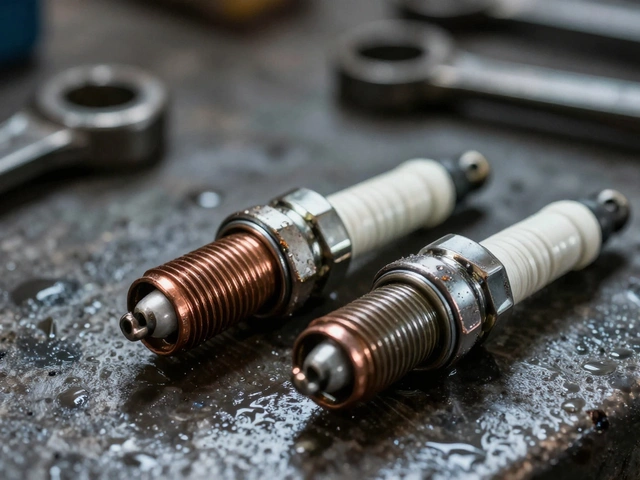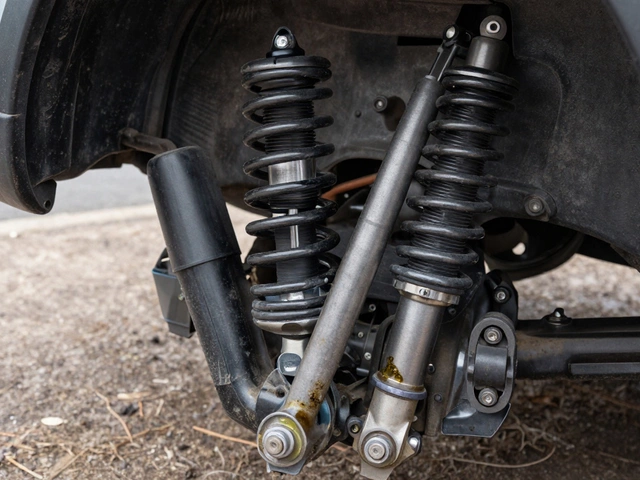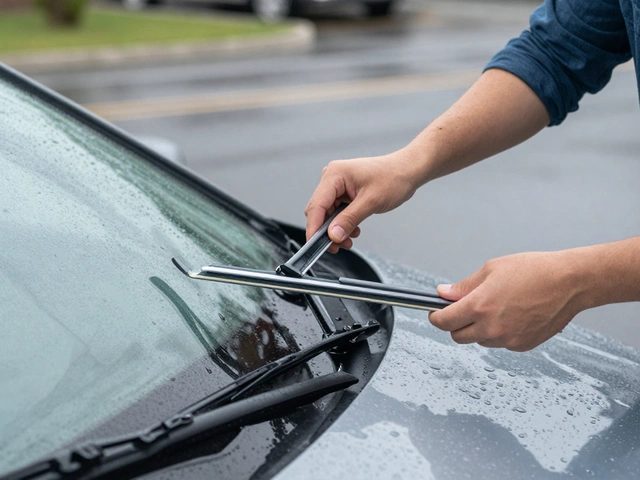Oil Top-Up: When and How to Add Engine Oil Without Damaging Your Car
When your car tells you the oil top-up, the process of adding small amounts of engine oil between full changes to maintain proper lubrication levels. Also known as oil level correction, it’s not a replacement for regular oil changes—it’s a safety net. Most drivers think adding oil is simple, but doing it wrong can cause more harm than good. Too little oil and your engine runs dry. Too much and you risk foaming, pressure build-up, and even engine failure.
It’s not just about the dipstick reading, the physical gauge on the engine that shows how much oil is in the crankcase. Temperature matters. You need to check it when the engine is warm but turned off, and you need to wait at least five minutes after turning it off for the oil to settle. A cold dipstick gives you a false low reading. A hot one? It might look fine but could be hiding a real problem. And don’t just guess the type of oil—your car’s manual says what to use. Mixing wrong grades can break down viscosity and hurt performance.
Many people skip oil changes because they think topping up is enough. But that’s like adding water to a dirty tea bag and calling it fresh. engine oil maintenance, the ongoing care of engine lubrication through timely changes, proper level checks, and avoiding contamination isn’t just about volume—it’s about quality. Old oil turns to sludge. It picks up metal particles, dirt, and combustion byproducts. Adding fresh oil to old sludge doesn’t fix the problem. It just delays the inevitable. That’s why topping up should never become a habit. If you’re topping up more than a quart between changes, you’ve got a leak or a bigger issue.
And here’s the thing no one tells you: oil overfill, adding more engine oil than the manufacturer’s maximum capacity, leading to poor lubrication and potential engine damage is more common than you think. People think, "I’ll just add a little extra to be safe." But one extra quart can cause your crankshaft to whip the oil into foam. Foam doesn’t lubricate. It overheats. And that’s how you blow a bearing—or worse.
You’ll find posts here that show you how to read your dipstick right, how to spot if your engine’s burning oil, and why skipping oil changes is like ignoring a check engine light for a year. You’ll see what happens when you mix oils, how much is too much, and how to tell if your oil level drop is normal or a red flag. No theory. No fluff. Just what you need to know before you open that oil cap.





